How Does Your Food Business’ Strategic Plan Stack Up? [Downloadable Checklist]
If your roadmap is wrong, you’ll get lost. Ensuring your company’s roadmap—or strategic plan—embodies best practices is essential for your business’ future. With a three-to-five-year plan, there are several moving parts you must consider. Here, we review crucial elements your strategic plan must include, providing a downloadable checklist for you to use for your own plan.
Continue Reading “How Does Your Food Business’ Strategic Plan Stack Up? [Downloadable Checklist]”



![How Does Your Food Business’ Strategic Plan Stack Up? [Downloadable Checklist]](https://stellarfoodforthought.net/wp-content/uploads/2016/06/Screen-Shot-2016-06-15-at-1.57.35-PM.png)


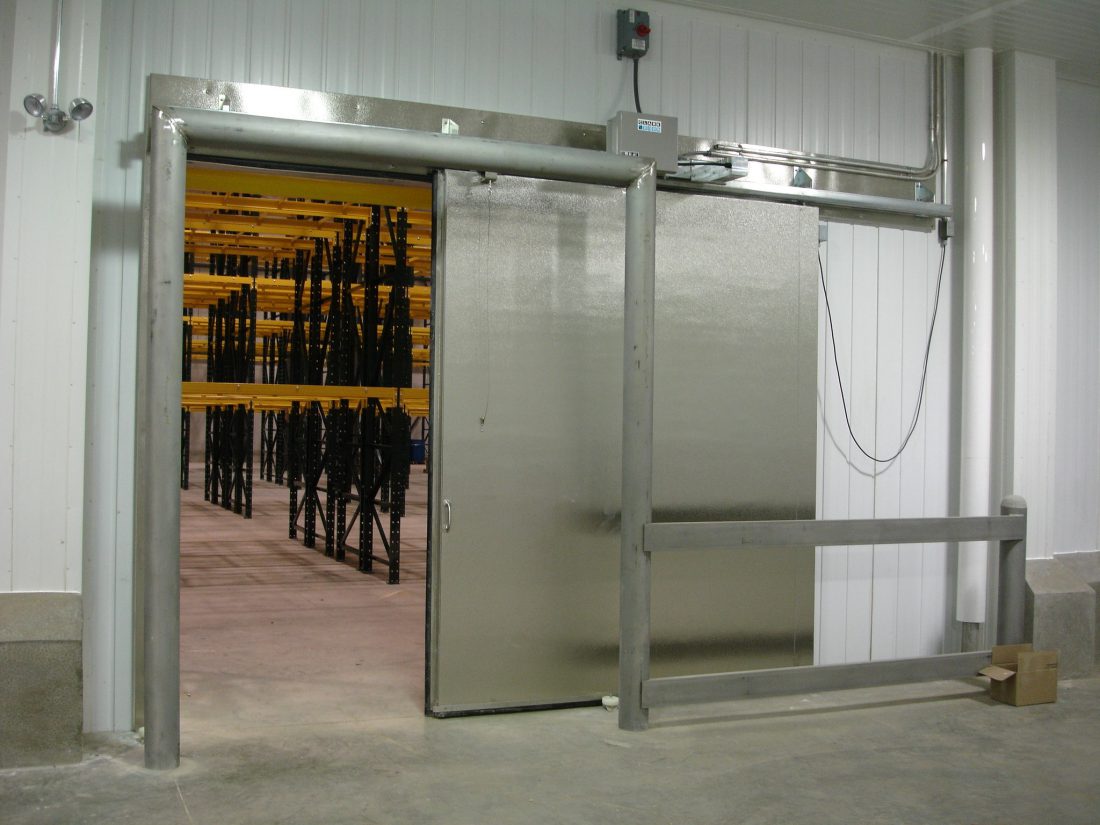
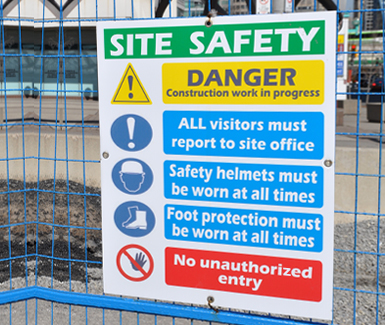
![[Infographic] 5 Important Factors for Selecting a Site for Your New Food Plant](https://stellarfoodforthought.net/wp-content/uploads/2016/03/5-FACTORS-FOR-FOOD-PLANT-SITE-SELECTION.png)
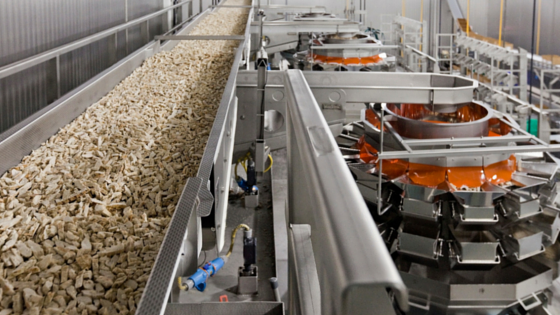
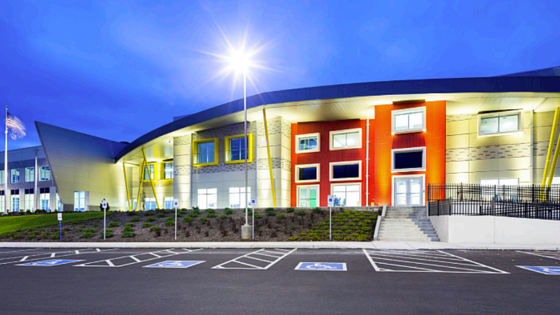
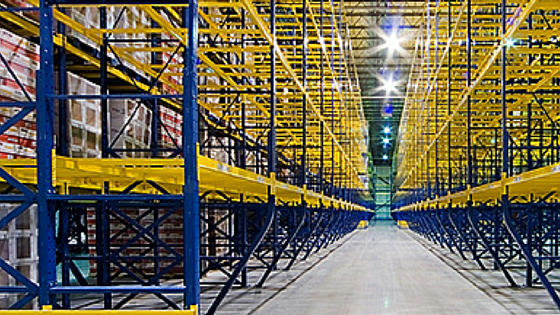
![[Infographic] 6 Benefits of a CO2/NH3 Cascade System](https://stellarfoodforthought.net/wp-content/uploads/2016/02/6-Benefits-2.png)